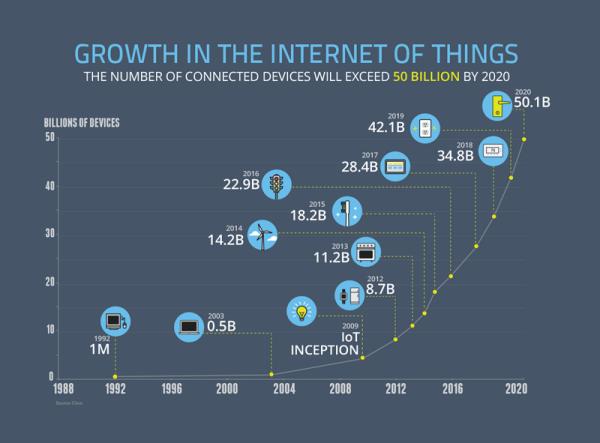The Internet of Things Is Coming. Inside Us. But not like you think.
John Vidal says that the plastics crisis is more urgent than you know, because plastic is “in our food, our clothes - and in us”. But it may be even worst than he says
.
Vidal’s article reports how:
- initiatives like plastic bottles return schemes are “no more use than a heavy smoker forgoing a single cigarette”
- “scientists, doctors and others.. agreed unanimously that plastic is now in what we eat, drink and breathe”
- “The more researchers look, the more plastic they find in the human body.”
- “there are great gaps in what we know about how microplastics affect human health, we need more robust science”
- meanwhile, “Plastic production has to be reduced” but, according to current estimates, “it is set to treble again by 2050”
Not good, huh? But from a “digital” point of view, that article may be even more worrying than it seems at first sight. The reason is that I am not sure if that that “treble by 2050” includes the billions of many more new objects that would constitute the coming “Internet of Things”

<u><em><strong>CAPTION:</strong>
<a href="https://www.weforum.org/agenda/2017/04/the-internet-of-things-could-be-the-key-to-africas-development" target="_blank">Source: Cisco in 'The key to African development could be the Internet of Things'</a>
</em></u>
nor am I sure if that figure includes Africa catching up with western IoT consumerism. Because, as Betty Zhang says:
“Without connection, our smart world of Internet of Things becomes plastic… All just useless plastic but futuristic looking objects.”
and there are still are plenty of proposals as dumb as Smart dust: coming soon to a lung near you around.
Who writes this, why, and how to help
I am Marco Fioretti, tech writer and aspiring polymath doing human-digital research and popularization.
I do it because YOUR civil rights and the quality of YOUR life depend every year more on how software is used AROUND you.
To this end, I have already shared more than a million words on this blog, without any paywall or user tracking, and am sharing the next million through a newsletter, also without any paywall.
The more direct support I get, the more I can continue to inform for free parents, teachers, decision makers, and everybody else who should know more stuff like this. You can support me with paid subscriptions to my newsletter, donations via PayPal (mfioretti@nexaima.net) or LiberaPay, or in any of the other ways listed here.THANKS for your support!